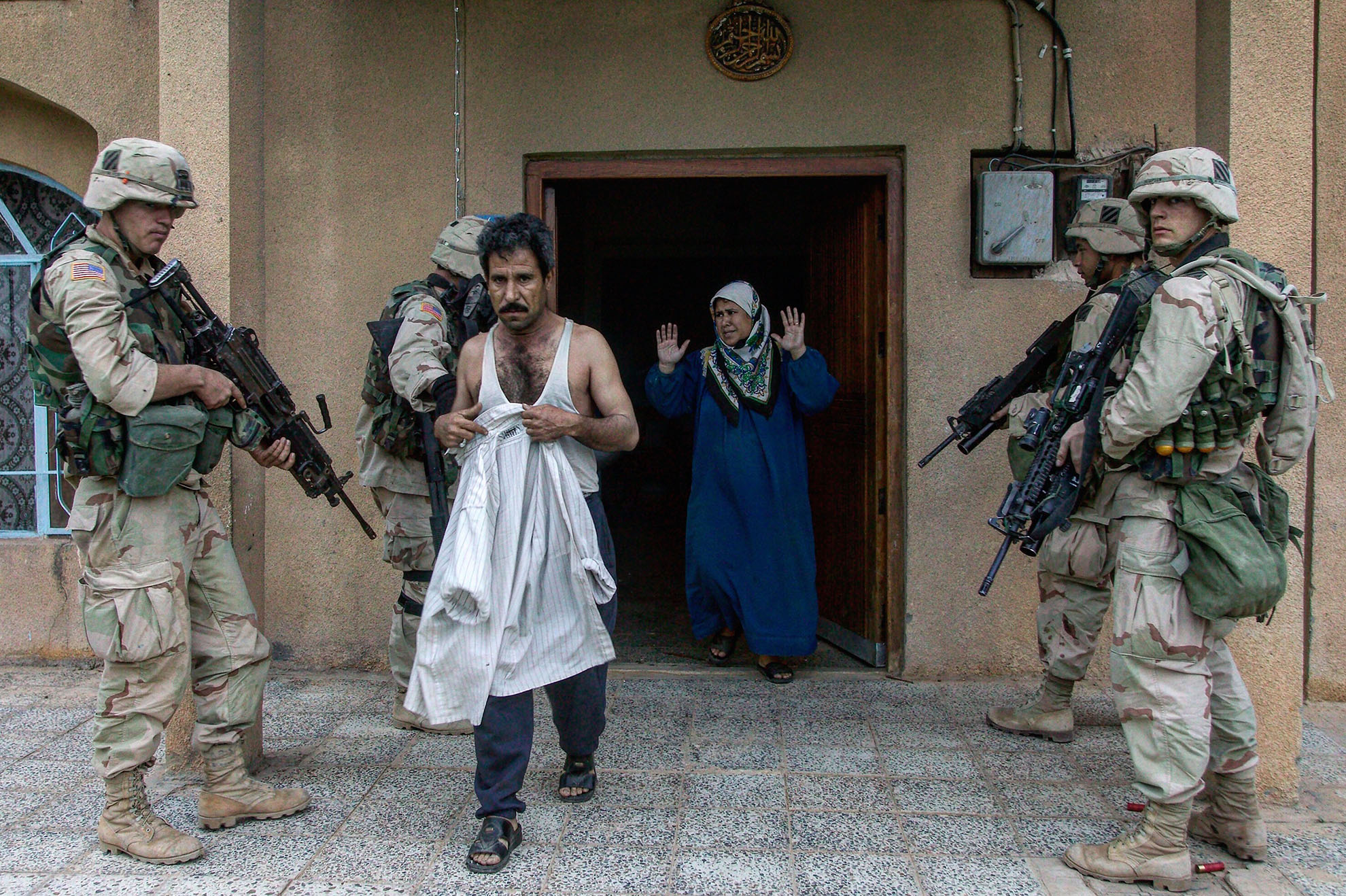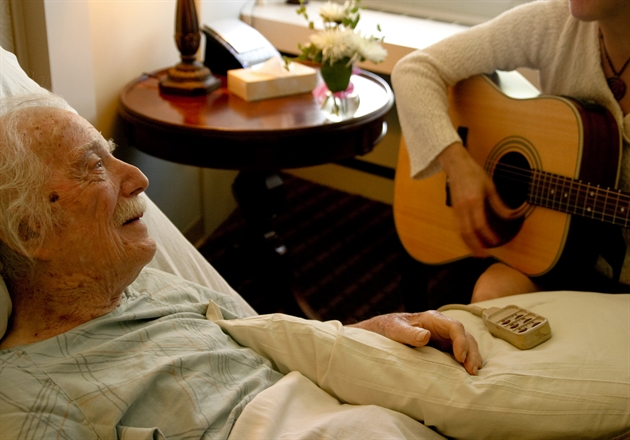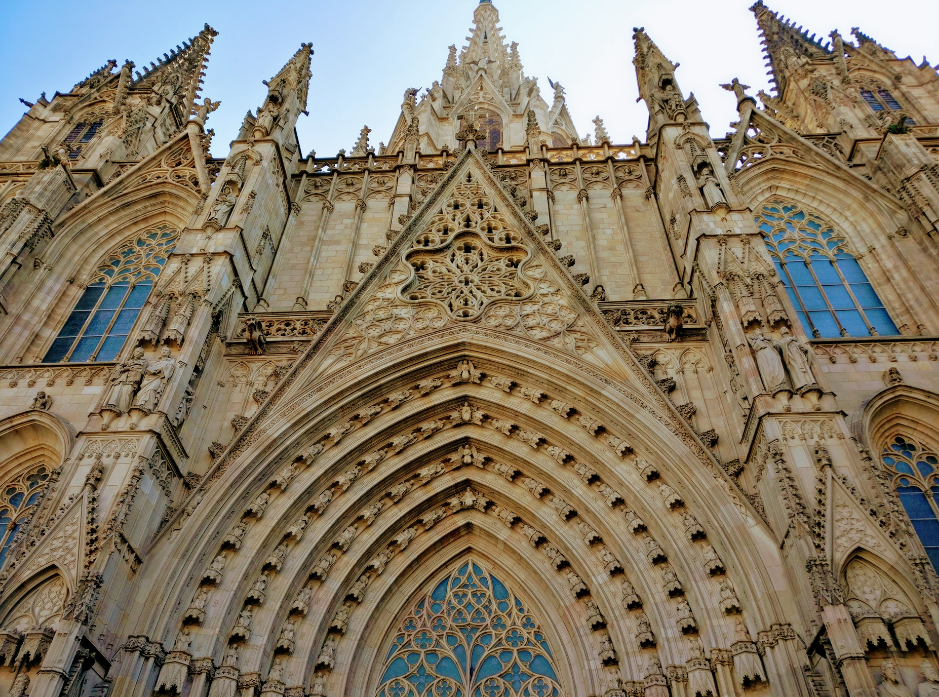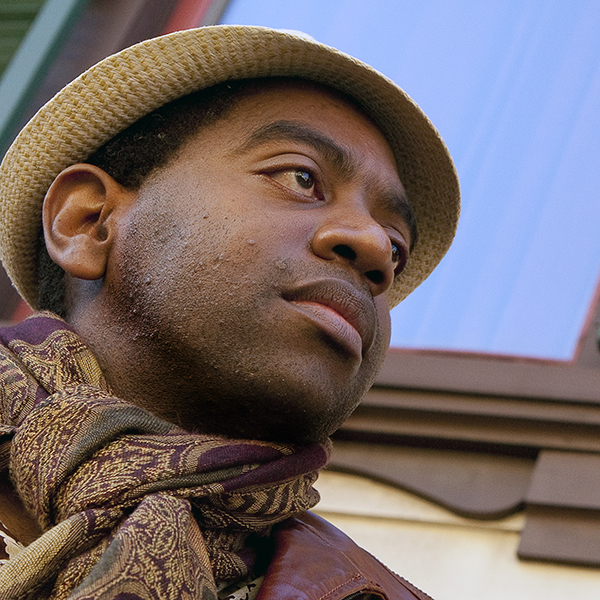AI in photography is transforming the way we capture and interpret images, offering both exciting possibilities and daunting challenges. As technologies evolve, the impact of AI on photography goes beyond just efficiency; it influences how photojournalists preserve their most important archives. Renowned visual storyteller Kira Pollack emphasizes this potential, suggesting that innovation in photojournalism could harness AI to not only document history but also to enrich narratives through better organization and accessibility. However, concerns about the authenticity and ethical use of images persist, risking the trust that photojournalism relies on in times of crisis. As we navigate this new territory, understanding how to responsibly integrate AI into photography practices will be essential in safeguarding the visual legacy of our time.
The role of machine learning in capturing visual narratives is increasingly prominent, reshaping our perceptions and methodologies in image-making. Photographic arts are confronting a dual-edged sword where technologies like AI can aid in safeguarding our visual history while also posing threats to the integrity of genuine photography. The evolution of tech-driven visual storytelling could redefine how archives are maintained, impacting the preservation of historical imagery. Experts like Kira Pollack advocate for leveraging these advancements thoughtfully, encouraging a balance between innovation and ethical responsibility. As we stand on the cusp of this technological revolution, it’s vital to explore alternative strategies that can uplift the artistry and authenticity of photojournalism.
The Evolution of AI in Photography
The intersection of artificial intelligence and photography marks a significant evolution in the industry, radically transforming how images are created, processed, and interpreted. AI in photography is not just a trend; it signifies the advent of innovative tools that can enhance creativity while posing ethical dilemmas. As seen in Kira Pollack’s experiences, AI tools can enable photographers to push the envelope, allowing for novel image manipulation and assessment that was previously unimaginable. While this presents opportunities to enrich visual storytelling, it simultaneously raises concerns about authenticity and the potential misinformation stemming from excessively manipulated images.
As AI technologies advance, photojournalists must navigate these dual landscapes with caution. The impact of AI on photography extends beyond mere enhancement; it intersects deeply with issues of trust and authorship. The reflection on how AI generates photorealistic images invites questions about the integrity of archival documentation, particularly in a world where misinformation is rampant. Pollack’s initiative underscores the need for a balance between leveraging AI’s capabilities to organize and preserve extensive photography archives while upholding the highest standards of truth and emotion inherent in photojournalism.
Challenges Facing Photojournalists in the Era of AI
Photojournalists today grapple with a pressing issue: the preservation of extensive archives amidst the rapid evolution of technology. Kira Pollack highlights a significant challenge where 95% of powerful images remain unpublished, often lost to oblivion due to the chaotic nature of digital storage and accessibility. The introduction of AI tools offers a potential lifeline, as they could facilitate categorization and organization of these treasure troves, ensuring that priceless visual narratives remain intact for future generations. Yet, the risk of unauthorized use of images for AI training threatens to dilute the essence of these archives, further complicating the preservation discourse.
The heritage of photojournalism is rich with stories that offer an invaluable educational resource about historical events. As AI photojournalism emerges, it is imperative for professionals in the field to advocate for responsible use of technology that honors the narrative behind each photograph. Pollack’s work aims to unlock the potential of AI to curate and amplify the voices of award-winning photojournalists, thereby fostering a deeper understanding of their contributions to visual history. This journey leads to a vital conclusion: the fight to preserve authenticity and integrity in photojournalism has never been more important.
Kira Pollack’s Vision for the Future
Kira Pollack’s research embodies a forward-thinking approach to merging technology with journalism—a vision focused on using AI not to replace human insight but to augment it. Her fellowship at the Shorenstein Center emphasizes the need for engaging multiple perspectives, from technologists to ethicists. This comprehensive approach allows for a robust discourse on the future of photography, challenging the potential dangers posed by the misuse of AI. Pollack’s commitment to understanding technology’s trajectory underscores the need for proactive strategies that safeguard the values of authorship and memory in an increasingly digital world.
Through her exploratory studies, Pollack aims to demonstrate AI’s capability to capture the nuanced narratives behind iconic photographs—incorporating emotional and situational analysis that machines have only recently begun to achieve. The conversations she fosters across disciplines facilitate a critical examination of how to steward this technology responsibly within the photographic community. Her ultimate hope is to inspire photographers to embrace change actively while formulating practices that preserve their creative legacies and ensure the trustworthiness of the visual record.
The Role of AI in Archiving Visual History
Preservation of visual history stands as a cornerstone in the discipline of photography, particularly for photojournalists documenting seminal events. The integration of AI tools presents a promising avenue for transforming how archives are managed, potentially making previously inaccessible images available for future generations. By employing sophisticated algorithms, AI can assist in tagging, categorizing, and contextualizing images, thus bringing the richness of photographic archives to the forefront and allowing for greater discovery and engagement with historical content.
However, the potential of AI in archiving also invites scrutiny regarding copyright and the ethical implications surrounding image use. Pollack’s work emphasizes authenticating the narrative embedded within photography archives while ensuring that photographers’ rights are respected. By assessing both the benefits and limitations of AI, researchers and practitioners can create a framework that not only leverages technological advancements but fosters a deeper appreciation of the photographers’ intent and contributions to documenting society’s most crucial moments.
Ethics and Ownership in AI-Driven Photography
As AI continues to permeate various aspects of photography, discussions surrounding ethics and ownership become increasingly vital. In a landscape where generative AI can create intricate images without human input, the concern for authorship and the safeguarding of existing works has emerged as a critical focus. Photographers, such as Kira Pollack, advocate for clarity in the realm of copyright and usage rights, pushing for frameworks that protect creative individuals from unauthorized use or manipulation of their images in AI training datasets.
The platform for ethical photography must pivot towards establishing transparent practices that respect artists’ contributions while allowing for technological innovation. As AI reshapes the industry, it is essential to foster discussions about maintaining the integrity of visual content and supporting photographers in navigating their rights. Engaging with technologists, policymakers, and ethicists is imperative for crafting policies that ensure a sustainable balance between innovation and respect for the role of the artist.
AI Innovations in Photojournalism
Innovations in AI are reshaping photojournalism, providing tools that not only enhance image quality but also improve storytelling capabilities. Kira Pollack’s explorations offer a glimpse into how AI can be harnessed to evaluate and interpret visuals from complex socio-political contexts, thus enriching the narrative that accompanies powerful images. Such advancements allow photojournalists to delve deeper into their archives, using AI to extract subtleties that might otherwise go unnoticed, which in turn enhances the viewer’s experience and understanding of historical events.
Moreover, the ability of AI to analyze vast volumes of photographic data presents opportunities for journalists to glean insights from their work. For instance, cultivating an understanding of audience engagement with historical images through AI-generated analytics could revolutionize how content is presented and preserved. This innovative approach not only preserves the past but also empowers photojournalists with the tools necessary to shape the narrative and engage audiences effectively.
Photographic Archives: A Living Legacy
Archives should be considered living legacies that embody the stories and experiences of humanity through visual documentation. In an era where much of the photographic history risks becoming lost, Kira Pollack emphasizes the importance of preserving these archives, especially those captured by photojournalists during pivotal moments in history. These collections are not static; rather, they encapsulate the ongoing dialogue between the past and the present, revealing societal truths that inform future generations.
The vital nature of this preservation cannot be understated, as the vast majority of images within these archives remain hidden from public view, therefore losing their storytelling potential. By leveraging AI in photography, these invaluable moments can be organized and restored, making them accessible to researchers, educators, and future storytellers. Preserving these records through thoughtful integration of technology not only protects authorship but also honors the legacy of those who dedicated their lives to capturing the beauty and struggle of the human experience.
Future Possibilities with AI and Photography
The future of photography, interwoven with AI, is a frontier ripe with possibilities, from enhanced storytelling techniques to revolutionized image preservation methods. As Kira Pollack contemplates the future through her fellowship, she investigates how AI can transcend mere automation and become a pivotal ally for photojournalists. The capabilities of AI in interpreting and contextualizing images signal a shift towards a more enriched understanding of visual narratives and the potential for collaboration between technology and artistry.
However, this future is not without its complexities. As AI technology develops, so too must the ethical frameworks and practices that accompany its use in photography. The industry faces the task of ensuring that while embracing innovation, the foundational principles of truth, authenticity, and respect for human experience are steadfastly maintained. The challenge ahead lies in redefining the lens through which photography is viewed, forging pathways that integrate the best of both human creativity and technological advancement.
Navigating the Intersection of Technology and Journalism
The intersection of technology and journalism serves as a critical focal point for contemporary photojournalism, especially with the rise of AI capabilities. Kira Pollack’s research emphasizes the need for open dialogues between artists and technologists to better understand how these innovations can serve journalism’s core objectives. This collaborative spirit aims to ensure that while enabling efficiency through technology, the fundamental values that underlie honest and meaningful reporting remain at the forefront.
As the landscape evolves, adapting to change becomes essential for photojournalists. Engaging with advancements such as AI isn’t merely about keeping pace with technology; it’s about strategically harnessing its potential to elevate the art of visual storytelling. The ongoing conversation about the future of photojournalism points towards a collaborative vision where practitioners can embrace technology while steadfastly honoring the commitments to truth and integrity that define the journalistic profession.
Frequently Asked Questions
What is the impact of AI on photography and photojournalism?
AI is revolutionizing photography and photojournalism by introducing advanced tools for image analysis and archiving. With AI’s capability to interpret complex visuals and organize large image databases, photographers can better preserve their work and enhance storytelling. However, there are concerns about the authenticity and trustworthiness of AI-generated or manipulated images, raising important discussions about ethics in photojournalism.
How can AI help in photography archives preservation?
AI can play a crucial role in preserving photography archives by efficiently cataloging and organizing vast collections of images, making them more accessible for future generations. By employing AI algorithms, photojournalists can gain insights into the content and context of their archives, ensuring that vital historical narratives are not lost and that the integrity of the images is maintained.
What role does Kira Pollack see for AI in photography?
Kira Pollack envisions AI as a tool to help photographers preserve their legacies without compromising visual truth. By using AI to analyze and interpret images within photography archives, she aims to enhance the discoverability of photojournalistic work, ensuring that the stories and intents of the photographers are preserved and respected.
What are the ethical concerns regarding AI in photojournalism?
Ethical concerns surrounding AI in photojournalism include issues of copyright, ownership, and the potential misuse of photographers’ work for training AI models without consent. Additionally, there are challenges related to maintaining public trust as AI-generated images may blur the lines between reality and fabrication. Addressing these concerns is essential to uphold the core values of photojournalism.
How does AI influence innovation in photojournalism?
AI fosters innovation in photojournalism by enabling photographers to explore new creative avenues and improve the efficiency of their workflows. By leveraging AI for tasks such as image sorting, analysis, and even content creation, photojournalists can focus more on storytelling and less on technical processes. This innovation can enhance the overall quality and impact of photojournalism in a rapidly evolving media landscape.
| Key Points | Details |
|---|---|
| AI’s Impact on Photography | AI poses both threats and opportunities for photojournalism, including challenges related to copyright and misinformation. |
| Kira Pollack’s insights | Kira Pollack sees AI as a tool for photographers to preserve their legacy, rather than a threat to their work. |
| Archiving Challenges | Many photojournalists’ archives are at risk of being lost or inadequately preserved, with 95% of images unseen. |
| AI’s Role in Archiving | AI can help catalog and contextualize these images, making them discoverable without compromising their integrity. |
| Experimentation Outcomes | Trials conducted with AI have shown it can analyze complex images, revealing deeper narratives and emotions. |
| Concerns About Trust | The rise of artificial images and copyright issues raises questions about authenticity and artist rights. |
| Pollack’s Vision | She aims to explore how AI can reinforce visual truth and support the values of photography. |
Summary
AI in photography is reshaping the landscape for photojournalists, presenting both significant challenges and exciting opportunities. As Kira Pollack advocates for a balance between leveraging AI to preserve invaluable photographic archives while maintaining the core values of truth and authorship, it becomes clear that this technology could aid in contextualizing powerful visual narratives. The conversation surrounding AI must evolve to focus on safeguarding the rich legacies of photojournalists, ensuring that as we embrace new technology, we also protect the integrity of genuine photographic work.




